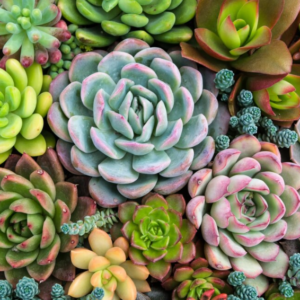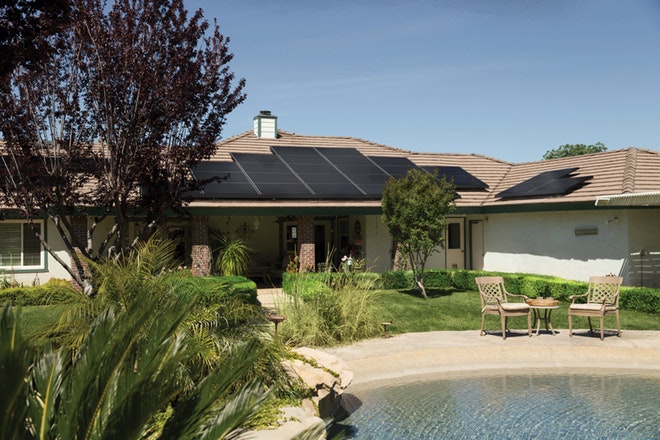A lovely garden may be quite a task every month of the year. Your growth circumstances may make selecting the correct plants a tough process throughout the year, depending on where you reside. You need to learn what flowers love and what the finest conditions are for you to build a garden that bloom throughout the year. Below are the most common flowers flowering every season and keeping your garden colorful throughout the year.
Petunias
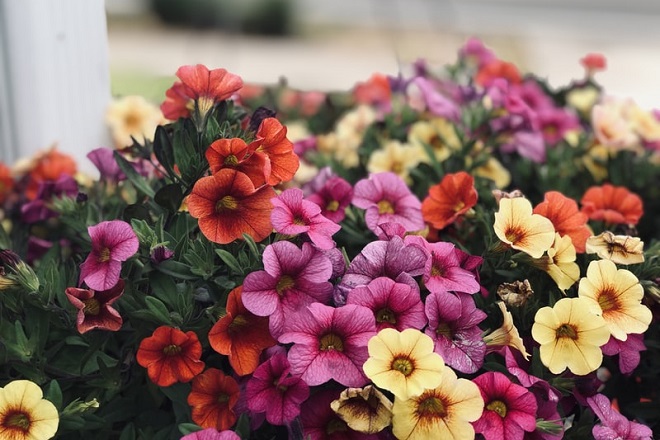
Petunias are considered annuals in most areas, although they may be cultivated as fragile perennials in zones 9-11. The flowers blossom in many colors and designs from spring to winter!
The bright annuals may provide flair to a front lawn typically utilized in borders, pots, hanging baskets, or even as a seasonal covering. Some of them even have a faint scent.
It may be between 6 and 18 inches in height. Spread could be between 18 and 4 feet.
Sunflower
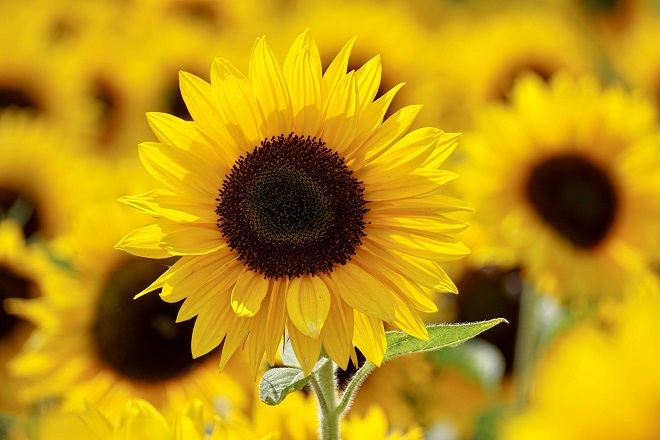
The sunflower is an annual plant with a daisy-like blooming face. The Greek term helios (“sun”) and anthos (“flower”) are its scientific name. The blooms range from yellow, red, orange, maroon, and brown in numerous colors. However, they are generally bright yellow with brown centers and develop into seed-filled heavy heads.
Sunflowers are heliotropic, meaning that their blooms turn to track the Sun’s motion across the sky from east to west, and then turn back to face the east at night to prepare for the rising sun. Heliotropism occurs in the early phases of flower development before the bloom becomes overburdened with seeds.
Sweet Alyssum
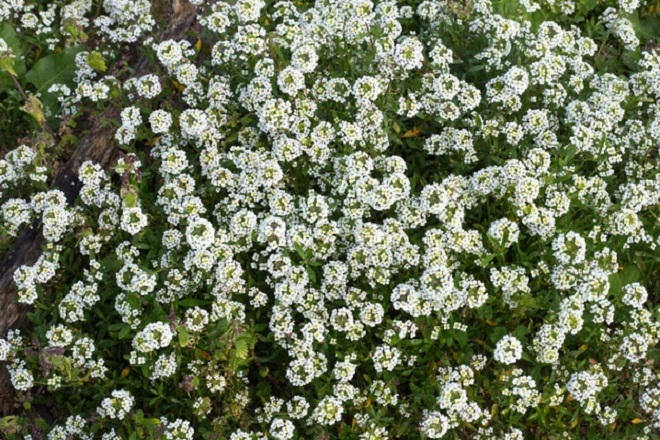
Few yearly plants can equal sweet alyssum’s heat and dryness. The plant has naturalized and flourishes in a broad variety of areas in the United States. Due to their vibrant smell, sweet alyssum flowers are members of the mustard family. Sweet alyssum plants, while not frost-tolerant, are self-sowing and offer vivid colors in milder regions year after year.
In alpine rock gardens, borders, plantings, pendants, and arid zones, sweet alyssum flowers are helpful. They are little plants with a height of 3-6 inches with clusters of miniature flowers in clusters. Pink, salmon, purple, white, and yellow are the flowering colors. From June to October, blooms are generated by cutting discarded flowers and can be encouraged to rebloom.
Begonia
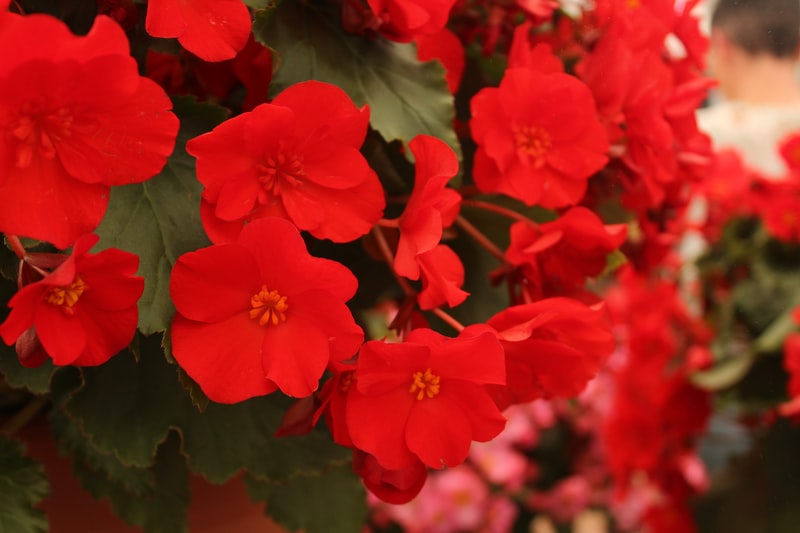
Begonias have been around for a long time, and for good reason. This easy-to-grow annual thrives in a range of environments and requires very little maintenance. If you provide it with moderate shade, good, well-drained soil, enough water, and fertilizer, it will reward you with stunning blossoms and foliage. Begonias thrive in a variety of forms, sizes, and colors, and they can easily steal the show in any garden setting.
In the past, the option of the begonia color was typically restricted to white, pink, or red blooms in green or bronze. But today, the colors of begonia are far different. You will discover a number of tones in the white to red spectrum in the wax family alone. And there are many more choices, including warm yellows, reds, oranges, whites, and pinks, in the Begonia boliviensis group.
Verbena
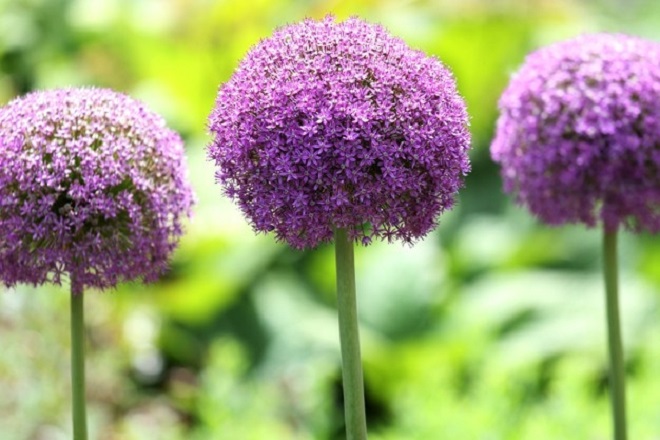
Annual verbenas are among the favorite flowers for bringing life to the summer garden since they are vibrant, robust, and adaptable. Miniature nosegays filled with brilliantly colored flowers bloom all season.
Verbena looks just as well as pouring forth from jars, window boxes, and hanging baskets, tearing through gardens. Verbena plants are extremely tolerant to summertime dryness and scorching heat, making them the perfect low-maintenance flower.
Summer’s scorching days really adore Verbena. It takes many days to blossom, so when October approaches, the spectacle will diminish. Place on the border of beds or containers in spring after all frost hazard is over; tuck or use in hanging snacks. Superbena, combined with Supertunia, is a newer hybrid cultivar with non-stop flowers.
Cleomes
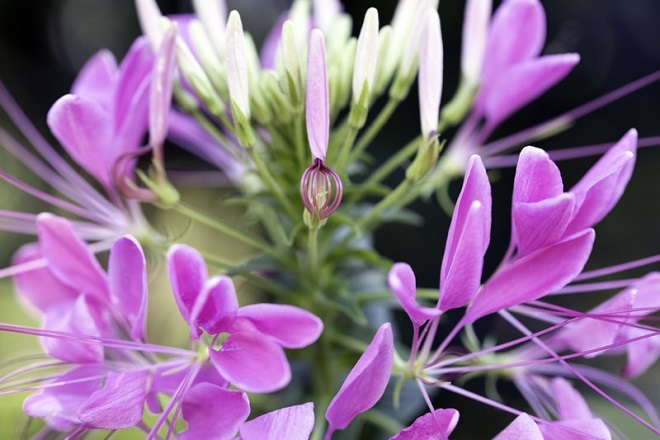
Cleomes aren’t the most popular annuals available at home improvement stores and nurseries, which might be because they appear weedy in six-packs of seedlings. Cleomes, unlike delicate marigolds or colorful New Guinea impatiens, usually do not blossom until they have established themselves in the garden. Once the flower clusters develop, you’ll see why gardeners add this to their list of low-maintenance favorites. Many petals radiate from a central point, forming a softball-sized cluster. The lengthy stamens give the flowers a spiky look. The fern-like and delicate foliage is quite attractive.
From summer heat through severe winter, Cleomes provides a powerful, lengthy flower show. In the gardens with their high, wispy shape, plants offer a textural aspect. The stems are around 4 feet high. In early spring or fall, seeds should be sown or planted after any fear of frost. Use in beds and butterfly or cottage gardens for shorter blooms as a background.
Zinnias
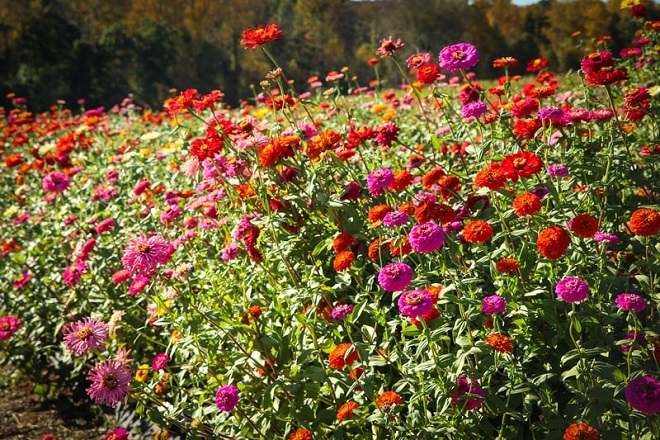
Zinnias are one of the simplest flowering plants to cultivate since they grow exponentially and generate a large number of blooms. Zinnia flowers may provide a burst of color to your yard this year, so give them a try!
Zinnias are annuals, which means they will grow for one season and produce seeds before dying and not returning the next year. They have beautiful, solitary, daisy-like flower heads on a single, erect stem, making them excellent for cutting or feeding butterflies.
Diascia

Diascia, also known as twinspur, is a delicate perennial with a frothy appearance. Some varieties will flow over the edge of their pots, while others will grow taller. It is related to the snapdragon and has about 70 different species in its native South Africa. The diascia cultivars you’ll see at garden centers are only a few years old. Each year, they introduce new colors and bloomers.
Diascia is a popular plant, particularly in pots and hanging baskets. Diascia, on the other hand, is a delicate, short-lived perennial cultivated as an annual bloom.
Angelonia
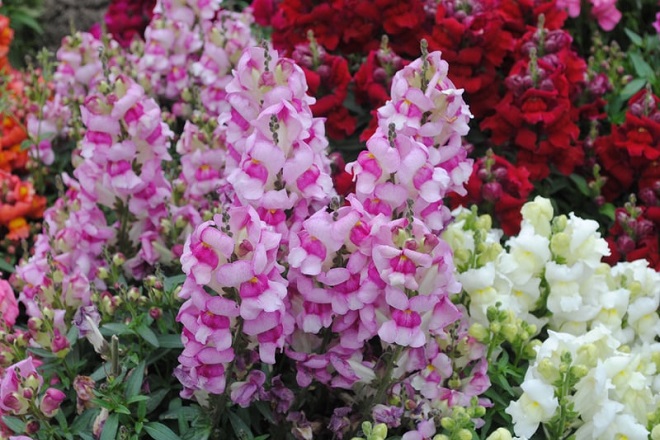
One of the best container plants for hot, sunny settings is angelonia, which blooms all summer long in stunning spikes of mauvish, purple, pink, blue, or white flowers. It grows nicely in pots, as well as landscape beds and borders. These colorful annuals are available in tall upright and short bushy varieties, making them suitable for a range of garden settings. When it comes to angelonia, it’s an annual up north, while it’s a perennial down south. Angelonia cultivars often reach a height of 12 to 18 inches. Butterflies and bees are attracted to the blooms as well.
As Angelonia worships the sun, grow it in a place that receives direct sunshine for at least 6 to 8 hours every day. Although they are more resistant to dryness than other annual flowers, they are preferred to be irrigated when the soil is dry.
Cornflower
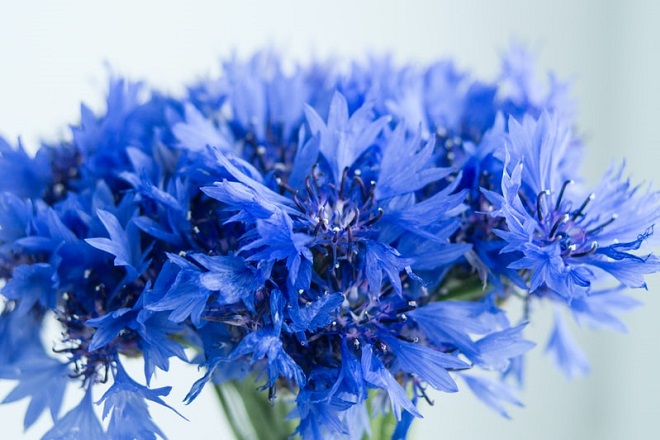
Cornflowers are a bright and hardy annual. They look great in beds and borders, especially when planted as part of an annual bedding or cottage garden that blooms from late spring to early summer.
There are several additional names for cornflowers, such as “Bachelor’s” buttons. They produce lovely cut blooms and attract pollinators like bees, butterflies, and other insects.
Although blue is the most common color, it also comes in white, red, pink, and purple.
FAQs
What kind of fertilizer makes flowers bloom?
Ans. Use a fertilizer with a low nitrogen content, a high phosphorus content, and a modest amount of potassium to stimulate floral bud development.
Why is bleach good for flowers?
Ans. One way to keep your flower arrangements looking newer, longer is to use bleach to water the cut flowers. It also helps to keep your water clear and inhibits microbial development, both of which can cause your flowers to lose their freshness.
What kills flowers fast?
Ans. Vinegar and salt are both potent plant killers. When water is mixed with salt, it causes plant death because of dehydration. Using a spray bottle with vinegar and water, you may apply it to plants and the soil surrounding them to help the vinegar penetrate into the roots.
Conclusion
Flowers are a beautiful gift of nature. They have the charm to create positivity in our minds. Setting a flower garden can help you in many ways. And these all-year blooming flowers can make your every morning colorful and refreshing. Moreover, it is very inexpensive to make a flower garden and can be done easily with the help of tools laying around your garage or workshop.
In addition, they have added health benefits. First and foremost, gardening is a great form of exercise, especially for people in their middle and late years. The bending, lifting, and stretching involved in gardening, help strengthen and stretch the body. Digging, weeding, watering, and edging all add up to a fantastic exercise!
Gardening, on the other hand, has been shown to boost immunity. Working in or near the soil exposes you to a variety of bacteria and microorganisms. This enables your body’s immune system to strengthen itself by producing antibodies in response to the treatment. Get your hands filthy, and don’t be frightened of it!
Finally, gardening is great for your mental and emotional well-being. A flower garden’s vibrant colors and enticing aromas may lift your spirits and help you relax.
So, if you are planning to start your flowers garden that bloom all year, start now!



